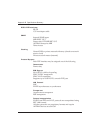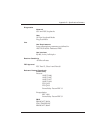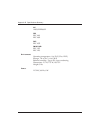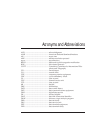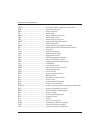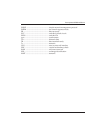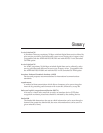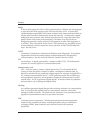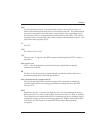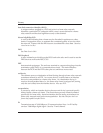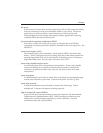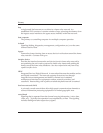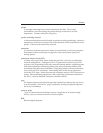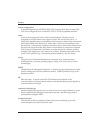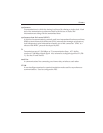
118 FSU User Manual 61200.130L1-1
Glossary
bridge
A device that supports LAN-to-LAN communications. Bridges may be equipped
to provide frame relay support to the LAN devices they serve. A frame relay
capable bridge encapsulates LAN frames in frame relay frames and feeds them to
a frame relay switch for transmission across the network. A frame relay capable
bridge also receives frame relay frames from the network, strips the frame relay
frame off each LAN frame, and passes the LAN frame on to the end device.
Bridges are generally used to connect LAN segments to other LAN segments or
to a WAN. They route traffic on the Level 2 LAN protocol (e.g. the Media Access
Control address), which occupies the lower sub-layer of the LAN OSI data link
layer. See also router.
CCITT
Consultive Committee for International Telphony and Telegraphy. A standards
organization that devises and proposes recommendations for international
communications. See also American National Standards Institute (ANSI).
CD
carrier detect. A signal generated by a modem or DSU/CSU. CD indicates the
presence of a carrier signal on a communications link.
channel service unit
CSU. A device used to connect a digital phone line (T1 or Switched 56 line)
coming in from the phone company to either a multiplexer, channel bank, or
directly to another device producing a digital signal; for example, a digital PBX, a
PC, or data communications device. A CSU performs certain line-conditioning
and equalization functions, and responds to loopback commands sent from the
central office. A CSU regenerates digital signals. It monitors them for problems,
and provides a way of testing the digital circuit.
clocking
An oscillator-generated signal that provides a timing reference for a transmission
link. A clock provides signals used in a transmission system to control the
timing of certain functions. The clock has two functions, (1) to generate periodic
signals for synchronization and (2) to provide a time base.
CPE
Customer premise equipment. All telecommunications terminal equipment
located on the customer premises, including telephone sets, private branch
exchanges (PBXs), data terminals, and customer-owned coin-operated
telephones.



